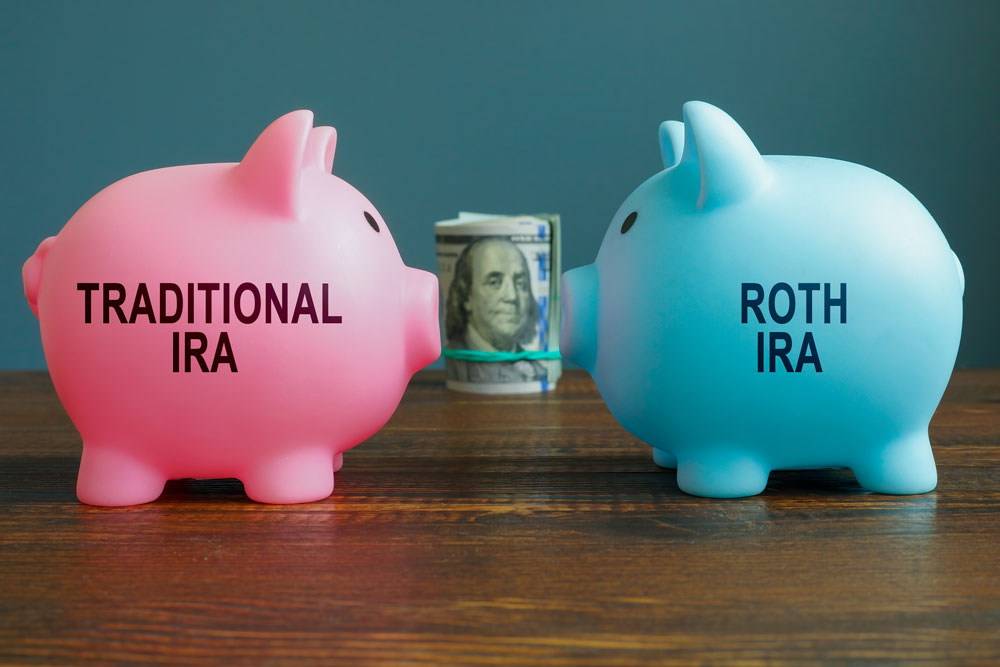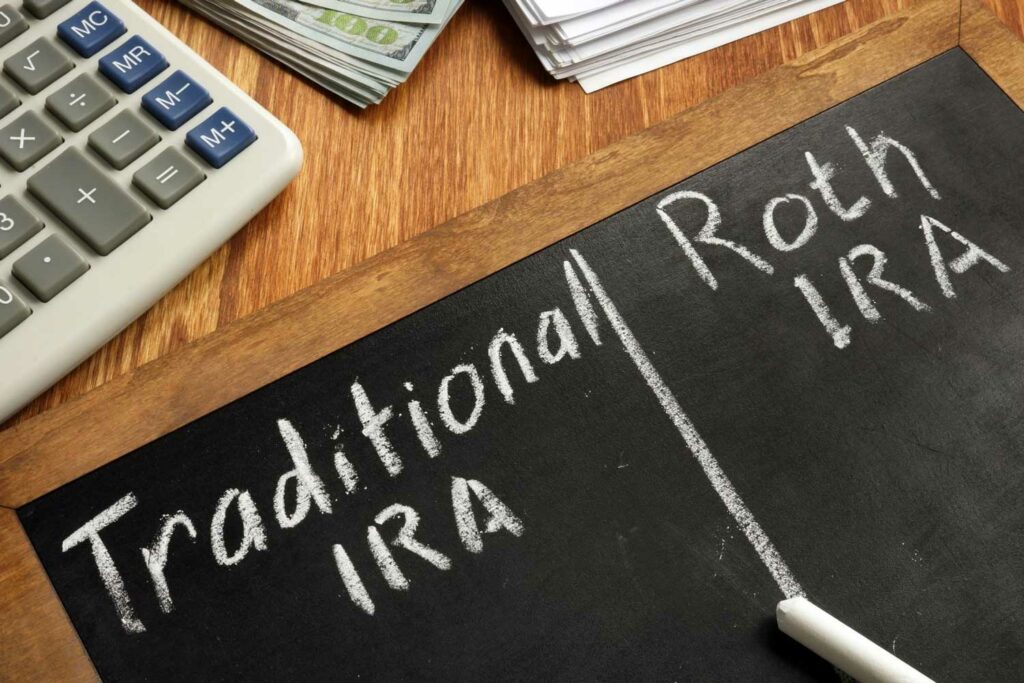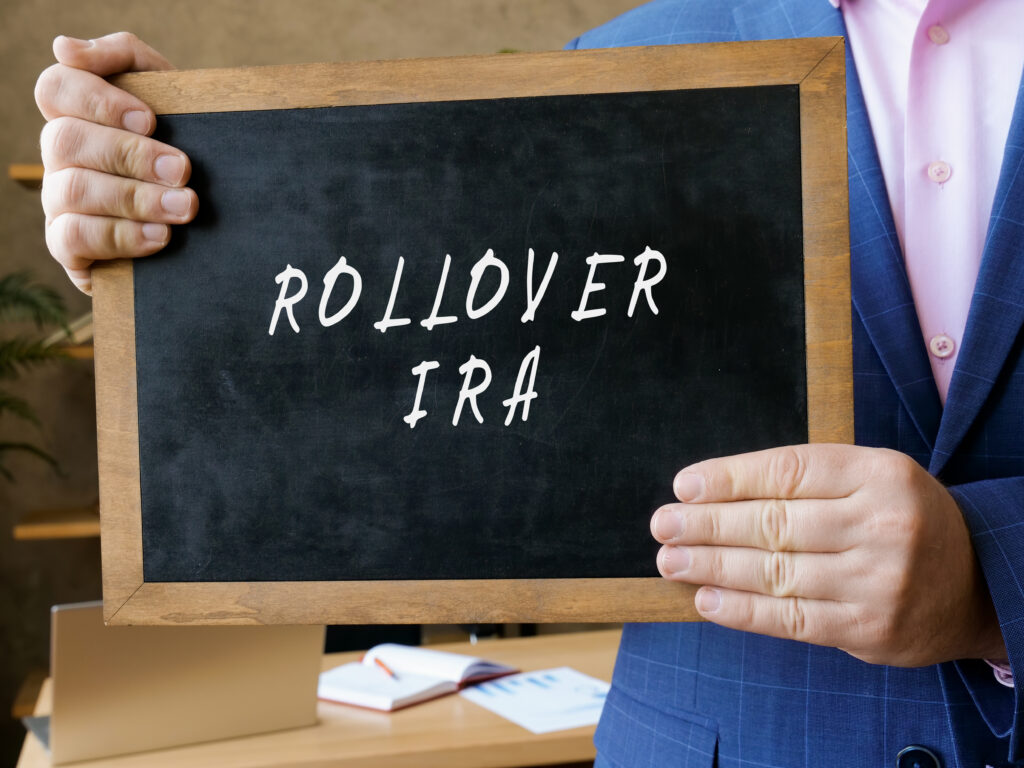Self-Directed Traditional IRA vs. Self-Directed Roth IRA: Fundamental Differences
Written By: Daniel Gleich
Key Points
- A Self-Directed Traditional IRA and Roth IRA are account types used to save for retirement, receive tax advantages, and invest in alternative assets.
- The fundamental difference between a Traditional IRA and Roth IRA is the timing of when you will receive tax advantages.
- Forming an educated guess about your annual income and tax bracket in retirement is key to determining which account type, Self-Directed IRA Roth or Traditional, is best for you.

Self-Directed IRAs are retirement accounts used to receive tax advantages and buy alternative investments such as real estate, precious metals, promissory notes, and more. When you open an account, you can choose to set up a Traditional IRA, Roth IRA, SEP IRA, SIMPLE IRA, Inherited Traditional IRA, or Inherited Roth IRA.
Depending on the self-directed account type chosen, you will receive unique advantages and follow different rules regarding contributions and withdrawals. Let’s explore the most popular account types, Traditional IRA and Roth IRA.
The Basics: Traditional IRA vs. Roth IRA
A Self-Directed Traditional IRA is a tax-deferred retirement investment account that is funded with pre-tax dollars. Account holders save tax dollars upon contribution but will pay them when taking withdrawals after age 59 ½. This type of account is beneficial for those who assume they will be in a lower tax bracket in retirement.
On the contrary, a Self-Directed Roth IRA is a retirement investment account funded with after-tax dollars. Account holders pay taxes when contributing to the IRA. Then, after age 59 ½, all IRA contributions and gains can be taken out tax-free. This account is perfect for investors who believe they are in a lower tax bracket now than they will be in retirement.

A Step Further: Contribution and Withdrawal Rules for Traditional IRAs and Roth IRAs
IRA Contribution Rules
For the 2023 tax year, if you are under age 50 you can contribute up to $6,500. If you are age 50+, you can contribute up to $7,500. The deadline to make a contribution is the tax filing deadline, typically April 15, of the following year.
However, whether you are eligible to make the maximum contribution depends on the account type you hold. Anyone with earned income can contribute to a Traditional IRA. However, for Roth IRAs, the amount you can contribute depends on your modified adjusted gross income (MAGI) and tax filing status. Those who are eligible include:
- Single tax filers with a MAGI of less than $153,000 (phase-out begins at $138,000)
- Married couples filing jointly with a MAGI of less than $228,00 (phase-out begins at $218,000)
- For more information about Roth IRA contribution limits, please visit our Roth IRA page.
IRA Withdrawal Rules
Qualified Withdrawals
Traditional IRA account holders will pay ordinary income tax on withdrawals of earnings and contributions that were originally deducted from their taxes.
Roth IRA account holders will never pay taxes on withdrawals from Roth IRA contributions. They will also never pay taxes on withdrawals of earnings as long as they are taken out after age 59 ½ and the Roth IRA 5-Year-Rule is met.
Early Withdrawals

With a Traditional IRA, there is a 10% early withdrawal penalty on distributions of both contributions and earnings before age 59 ½. On the contrary, in a Roth IRA there is no penalty for withdrawing contributions. However, if earnings are withdrawn before age 59 ½ and the 5-Year Rule is not met, then there is a 10% early withdrawal penalty.
Required Minimum Distributions (RMDs)
If you are a Traditional IRA account owner, you must take RMDs once you reach age 73 in 2023. Roth IRAs do not have to take RMDs.
Frequently Asked Questions:
Self-Directed Traditional IRA vs. Self-Directed Roth IRA
1. Should I Choose a Self-Directed Roth IRA or a Self-Directed Traditional IRA?
There is no crystal ball to determine which Self-Directed IRA is best for you. Some retirement savers might choose a Traditional IRA for its upfront tax break, which can be an advantage for high earners and those who might otherwise skip saving for retirement. Others who prefer to receive tax-free withdrawals in retirement tend to choose a Roth IRA.
In general, if you believe you will be in a lower tax bracket when you retire, a Traditional IRA would be the account for you. You can reap the benefits of a tax deduction today and pay taxes at a lower rate. Contrarily, if you believe you will be in a higher tax bracket in retirement, a Roth IRA would be the better choice. You will be paying taxes at a lower rate now and withdrawing funds tax-free later.
2. Can I Contribute to Both a Traditional IRA and Roth IRA?
Yes! You can contribute to both a Traditional IRA and Roth IRA. You can contribute up to the limit of $6,500 ($7,500 if age 50+) across all accounts, based on your eligibility. For example, if you contribute $3,500 to your Traditional IRA, you can only contribute the remaining $3,000 to your Roth IRA.
Conclusion: Let’s Tie It All Up
Whether you choose a Self-Directed Roth IRA or Self-Directed Traditional IRA, your future self will be thankful you saved for retirement. If you are still unsure which account type to choose, schedule a call with a Self-Directed IRA Specialist or speak with the appropriate tax and financial advisor.

Disclaimer: All of the information contained on our website is a general discussion for informational purposes only. Madison Trust Company does not provide legal, tax or investment advice. Nothing of the foregoing, or of any other written, electronic, or oral statement or communication by Madison Trust Company or its representatives, is intended to be, or may be relayed as, legal, tax, investment advice, statements, opinions, or predictions. Prior to making any investment decisions, please consult with the appropriate legal, tax, and investment professionals for advice.










